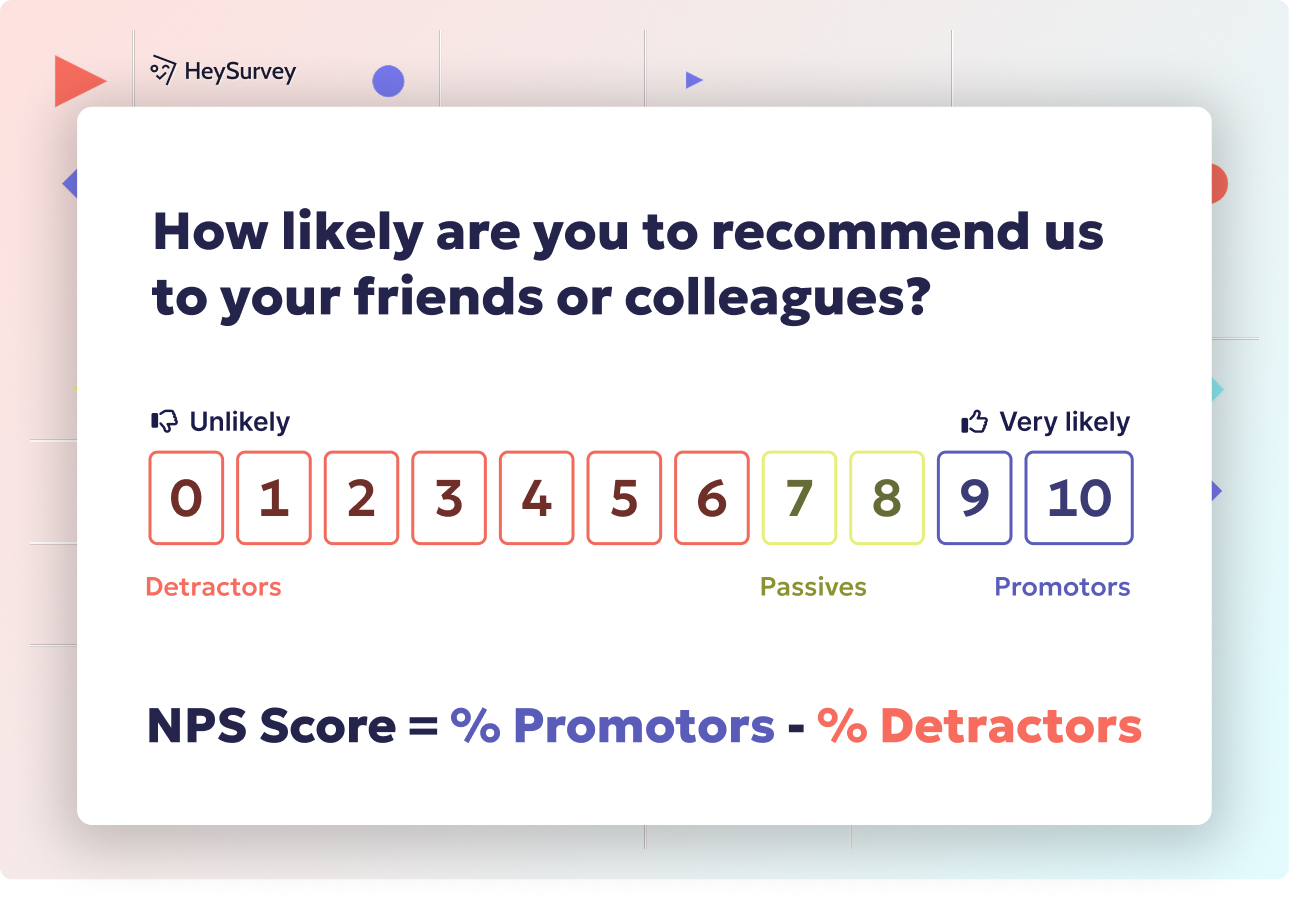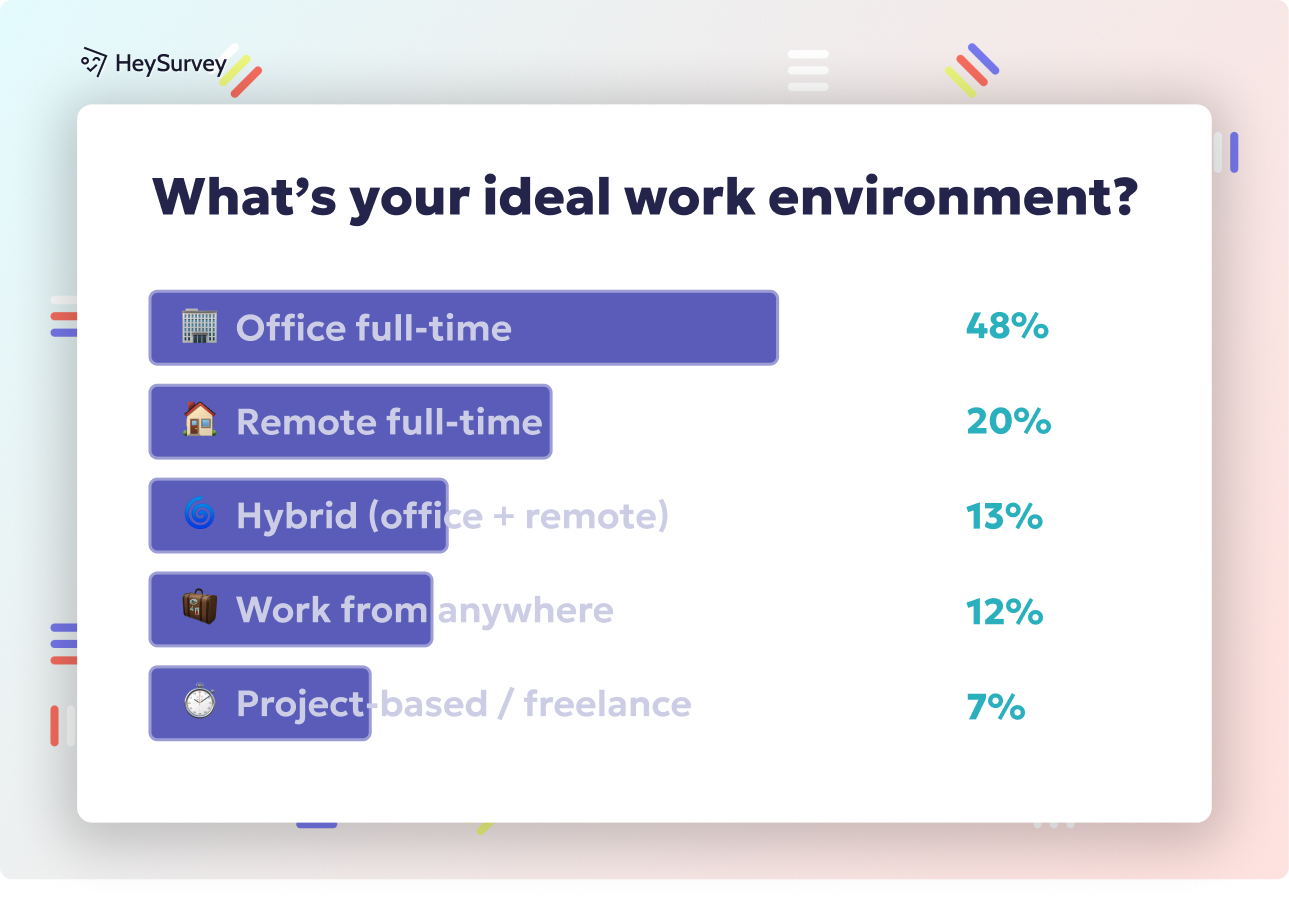31 Culture Index Survey Questions: The Complete Guide to Design
Discover 27 impactful culture index survey questions across 6 types to measure values, leadership, DEI, engagement, and change readiness.
Culture Index surveys sit in that sweet spot where business results and company culture cross paths. Unlike plain employee-engagement forms, they dig deep into what shapes the work environment, revealing patterns in values, leadership behavior, communication styles, and more. Leaders running fast-growing teams, merging companies, or rethinking work styles know the stakes are high for culture. That’s why these surveys aren’t just “nice-to-have.” They’re core tools—especially when your company is scaling quickly, wrestling with turnover, or making the leap to remote-first. Over the next sections, you’ll get hands-on question sets for every situation, plus tactics to help you launch high-impact surveys that your organization will actually want to answer.
Understanding the Culture Index Framework
Charting the Landscape of Company Culture
Think of the Culture Index framework like a detailed map that guides your journey through the twists and turns of employee experience. Most companies zero in on a handful of core dimensions:
- Values alignment
- Leadership behavior
- Communication
- Diversity, equity & inclusion (DEI)
- Recognition and engagement
- Change adaptability
Pick the right survey type and you’ll not only gather higher-quality responses, but you’ll also gain powerful diagnostic insights. Precision matters—if you throw generic or scattered questions at employees, you’ll miss the real story, and decision-makers will tune out. The right questions mean richer data and, in turn, stronger buy-in from both the C-suite and team leads.
When you align your surveys closely with current business needs, you unlock the nuggets that actually drive transformation:
- Spotting culture drift during growth spurts or after a rebrand
- Sensing shifts in trust after leadership transitions
- Pinpointing communication breakdowns in remote or hybrid setups
- Surfacing belonging or fairness gaps in diverse teams
A well-built Culture Index survey isn’t just about measurement—it’s about sparking dialogue at every level and giving organizations much-needed clarity in chaotic times.
Clarity, relevance, and simplicity in culture survey questions are crucial for eliciting honest and meaningful employee feedback, leading to valuable organizational insights. (culturepartners.com)
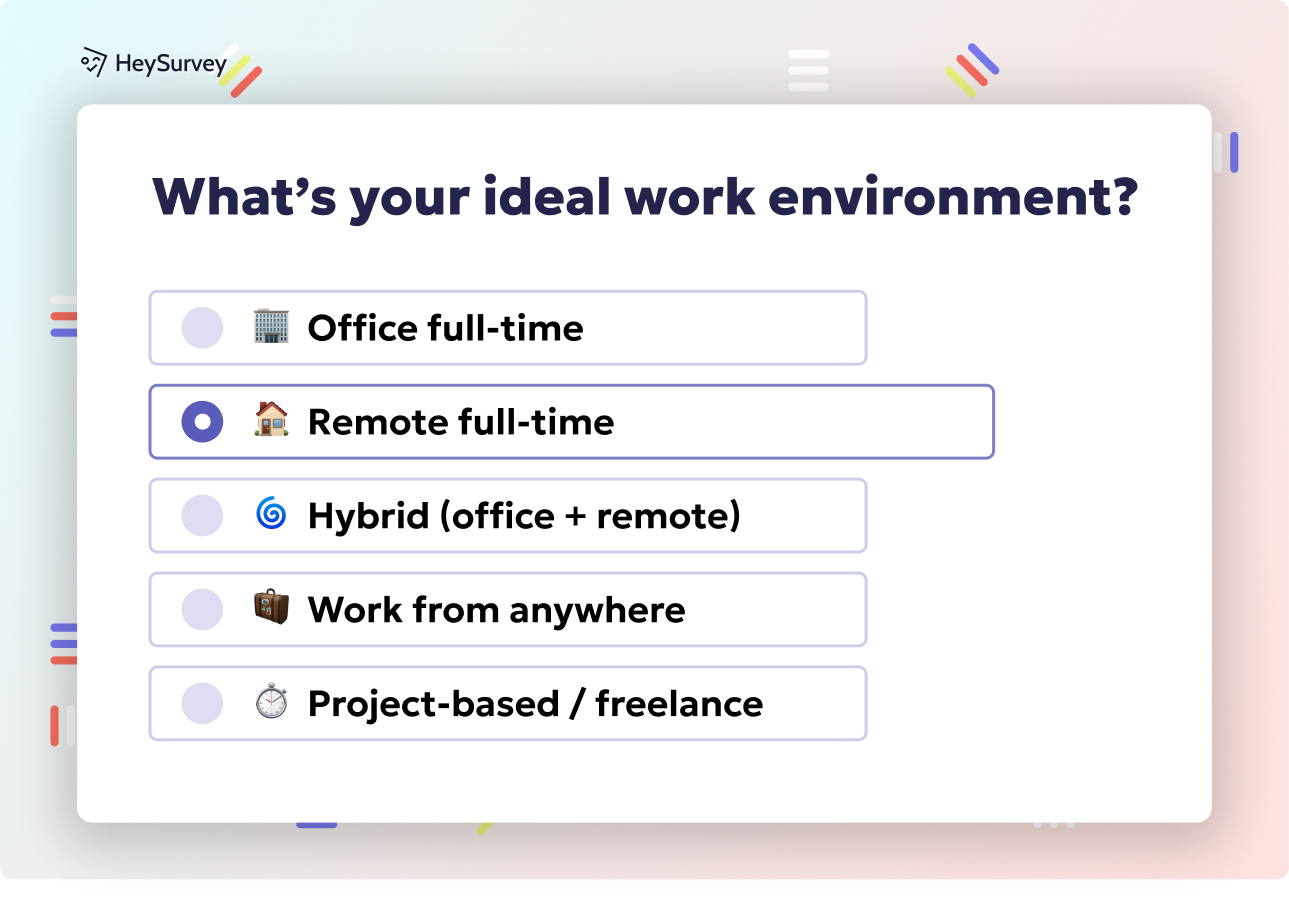
Creating a Culture Index survey with HeySurvey is surprisingly simple—even if you’ve never built a survey before. Here’s how to get started in just three easy steps:
Step 1: Create a New Survey
Start by logging into HeySurvey or jump right in without an account by clicking “Create Survey.” You can:
- Choose an empty sheet to build your survey entirely from scratch, or
- Select a pre-built template designed specifically for Culture Index surveys to save time and get started faster.
Pick a catchy internal name so you can find your survey easily later. Voilà—your survey workspace is ready!
Step 2: Add Questions
Now comes the fun part—adding those juicy culture questions. In the survey editor, click “Add Question” to insert each item. You can choose from:
- Choice questions (single or multiple answers), perfect for Likert scales or agree/disagree formats
- Text input for open-ended thoughts
- Scale questions for rating statements on a numeric or emotional scale
Use the sample questions from your Culture Index survey category as a launching pad. Feel free to mark questions required if you need complete answers and sprinkle in descriptions or images if that jazzes up the experience. Don’t forget—you can also assign branching logic to tailor follow-up questions based on answers!
Step 3: Publish Your Survey
Once you’re happy with your questions and look, hit Preview to walk through the survey exactly as respondents will see it. Adjust colors, fonts, or layouts in the Designer Sidebar if you want to make it pop. When it’s perfect, click Publish.
If you started without an account, you’ll be prompted to sign up now—free plans include HeySurvey branding, but that’s a small price for unlimited insights. Grab your shareable link or embed code, and let the responses roll in!
Bonus Step 1: Apply Your Branding
Want to make the survey unmistakably yours? Upload your company logo in the top-left corner via the Branding panel. Customize colors, fonts, and backgrounds in the Designer Sidebar to match your brand style. This makes your survey feel polished and professional!
Bonus Step 2: Define Advanced Settings
Head over to the Settings Panel to:
- Set a start and end date for survey availability
- Limit the number of responses you’ll accept (if you want to keep it exclusive)
- Add a custom redirect URL to send respondents to a thank-you page or next step
- Decide whether participants can view aggregated results after finishing
Tweaking these settings helps tailor the experience to your company’s culture goals.
Bonus Step 3: Skip Into Branches
For a truly tailored survey, assign branching logic to your questions. This means the next question changes based on how people answer the current one—perfect for diving deeper into key themes or skipping irrelevant sections. Branching keeps surveys succinct and engaging, ensuring you get richer, more relevant data.
And there you have it—three easy steps plus a few pro tips for designing, branding, and launching your Culture Index survey with HeySurvey. Ready to jump in? Just click the button below to open a ready-made template and start collecting actionable culture insights today!
Values & Core-Beliefs Alignment Survey
Why and When to Use This Survey Type
Every organization has a set of core values written somewhere, but do people actually live them day-to-day? Deploy a values alignment survey when leaders sense “mission drift,” after a rebrand, or during massive scaling. Gaps between “what we say” and “what we do” can quietly erode trust and performance, so it’s important to surface them fast.
The main benefit here? You unearth blind spots: maybe the leadership team assumes everyone is on board, while reality has employees rolling their eyes. Use this survey to shape company-wide initiatives—like new onboarding programs or culture workshops—that patch the disconnects between words and actions.
Great for:
- Rapidly growing companies trying to unify teams
- Companies refreshing their mission or visual identity
- Organizations noticing a disconnect between execs and front-line staff
Better alignment leads to energized, motivated teams who pull in the same direction—which, in business terms, means better results.
Sample Questions
I see a clear connection between our stated core values and daily decisions.
Our company’s mission motivates me to do my best work.
Leaders consistently model the behaviours they expect from employees.
I feel empowered to call out actions that contradict our values.
How well do you understand the company’s purpose in one sentence?
I regularly discuss core values with my manager and peers.
The company’s core values influence hiring and reward decisions.
A Gallup study found that organizations with high employee engagement experience 21% greater profitability, highlighting the importance of aligning corporate values with employee sentiments. (psicosmart.pro)
Leadership & Management Culture Survey
Why and When to Use This Survey Type
Leadership shapes—not just with strategies—but with shadow. Whenever there’s a change in the C-suite, middle managers, or even team leads, it’s prime time to measure the temperature with a leadership culture survey. These surveys are also a must after a re-org or if performance reviews flag low trust or unclear direction.
You want to spot whether leaders clarify goals, share information openly, and turn mistakes into opportunities—not scapegoating exercises. Solid leadership survey data will help guide coaching, training, and accountability at the right levels.
Consider this survey when:
- New leadership is shaking things up
- Structural shifts make employees nervous
- Annual 360-feedback points to management weakness
When people see their leaders as trustworthy, transparent, and invested in growth, engagement and loyalty skyrocket.
Sample Questions
My manager communicates a compelling vision of the future.
Leadership is transparent about company performance.
I receive actionable feedback that helps me grow.
Decisions that affect my work are explained clearly.
Leadership handles mistakes as learning opportunities rather than assigning blame.
My manager encourages me to share new ideas and challenge the status quo.
I feel comfortable raising concerns with leadership.
Communication & Collaboration Survey
Why and When to Use This Survey Type
If communication is the lifeblood of an organization, then a block in that flow spells trouble. This survey is indispensable when changing how teams work together—like adopting remote models, launching new tools, or navigating silos. It pinpoints where info gets stuck, where teamwork fizzles, and which collaboration practices actually help versus hinder.
These insights are most valuable:
- During a shift to hybrid or remote work
- When introducing new project management or chat platforms
- When inter-team misunderstandings slow things down
Smooth, open communication and real collaboration mean deadlines drop, innovation rises, and employee happiness wins the day.
Sample Questions
Information needed to do my job is easy to find.
Teams freely share knowledge and resources.
I feel comfortable voicing dissenting opinions in meetings.
Our collaboration tools (e.g., Slack, Teams) improve productivity.
Processes for resolving inter-team conflicts are clear and fair.
My team has effective ways to coordinate our work.
I regularly receive important updates in a timely, understandable way.
A 2024 report found that 55% of workers spend 30 minutes to two hours daily seeking clarification on job-related details, indicating significant productivity loss due to inefficient communication. (axioshq.com)
Diversity, Equity & Inclusion (DEI) Culture Survey
Why and When to Use This Survey Type
Diversity, equity, and inclusion aren’t just buzzwords—they’re business imperatives. Conduct a DEI survey annually, after training, or if metrics show a stubborn lack of diversity gains. It’s designed to surface issues around belonging, fair treatment, psychological safety, and equal growth opportunities.
Use this survey to:
- Track progress after launching a DEI strategy
- Uncover hidden barriers to advancement
- Provide a voice to underrepresented groups
A robust DEI culture survey is your early-warning system for biases or cliques undermining culture from the inside. Armed with this feedback, organizations can fix, tweak, and celebrate what’s working.
Sample Questions
I feel a sense of belonging at this company.
People of all backgrounds have equal access to growth opportunities.
Leaders openly discuss diversity and inclusion topics.
I can be my authentic self at work without negative consequences.
Our hiring process is fair and unbiased.
I feel safe sharing cultural or identity-related concerns.
The company acts quickly to address discrimination or exclusion.
Recognition & Engagement Survey
Why and When to Use This Survey Type
It’s no secret—people stay where they feel valued. Use a recognition and engagement survey anytime morale slips, turnover ticks upward, or you introduce a shiny new rewards program. You’ll find out if thank-yous fall flat, peer praise is promoted, and rewards actually align with what matters to your people.
Deploy this survey:
- If you’re trialing new bonus or incentive schemes
- When engagement scores are dipping below target
- If there’s a sense that accomplishments go unnoticed
These insights are the building blocks for recognition programs that motivate, retain, and help people bring their best.
Sample Questions
My contributions are acknowledged in a timely manner.
Recognition here feels genuine, not forced.
Rewards align with what I value.
Peer-to-peer recognition is encouraged.
I am excited about coming to work most days.
Recognition methods reflect my preferred style (public, private, etc.).
I feel motivated to go above and beyond.
Change Readiness & Adaptability Survey
Why and When to Use This Survey Type
Change is constant—and it can rattle even the most resilient teams. Roll out a change readiness survey before any big transformation: think new tech systems, org charts, or pivots in strategy. Use the results to identify the real obstacles and move forward together, not apart.
Turn to this survey during:
- Major restructures or layoffs
- Implementing new enterprise tools
- Shifting business models in response to market trends
Great change management starts with understanding where people need clarity, assurance, and support. With the right survey, you can light the way forward.
Sample Questions
I understand why this change is necessary.
I trust leadership to manage the transition effectively.
I have the resources to adapt to new ways of working.
Past changes have been managed well.
How confident are you that the organization can remain competitive through change?
I know where to go for help or answers during a transition.
Team communication gets better during change rather than worse.
Best Practices: Dos and Don'ts of Crafting Culture Index Survey Questions
Nailing the Art and Science of Survey Design
There’s a knack to writing questions that actually give you answers you can use. Align each question with a clear, measurable goal—think fewer riddles, more “aha!” moments. Don’t crowd a single item with multiple ideas; otherwise, employees will be left scratching their heads or, worse, misinterpreting what you want to know.
Here’s your playbook for success:
- Use straightforward, bias-free language that invites honest responses
- Avoid suggesting a “right” answer or telegraphing what you want to hear
- Vary formats: Likert-scale for nuance, multiple choice for speed, open-text (sparingly) for insights
Keep time on your side. If a survey takes over 10-12 minutes, expect coffee breaks (or survey fatigue) mid-way. Don’t overwhelm people with endless open-text boxes—too much typing leads to too little data.
To get it just right:
- Mix question types to maintain interest and depth
- Always close the loop with transparent, actionable plans based on the answers
- Never treat data collection as a one-and-done event; feedback is the start of a conversation, not the end
When you design with empathy and clarity, your survey becomes both a mirror and a map—reflecting where you are, and where you need to go.
Conclusion & Next Steps
Picking the right Culture Index survey type unlocks real, actionable insights that can shape your company's future. The real magic happens when you act on feedback, measure progress regularly, and build trust through transparency. Test-drive your survey with a small team and tweak as needed. Share outcomes openly and use them as the foundation for real change. When culture comes first, results always follow.
Related Culture Survey Surveys
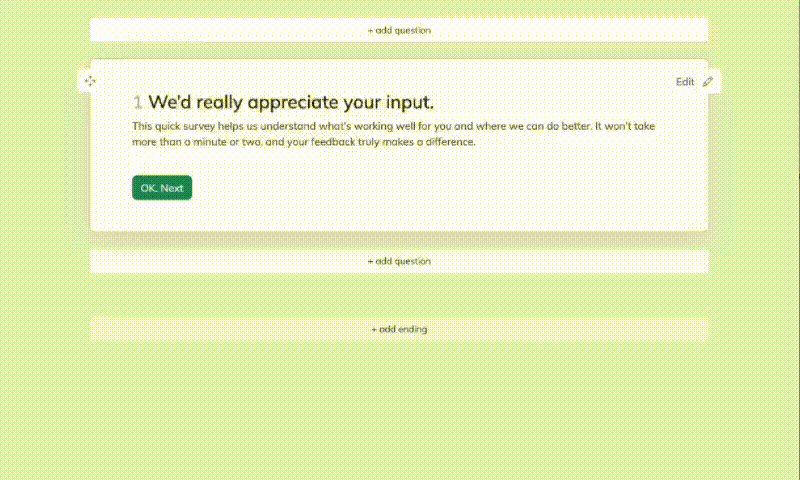
29 Climate Survey Questions: Types, Uses & Winning Examples
Explore 25 expert climate survey questions across employee, school, DEI, safety & community surve...

31 School Climate Survey Questions to Measure School Culture
Explore 30 essential school climate survey questions with samples for students, staff, parents, a...
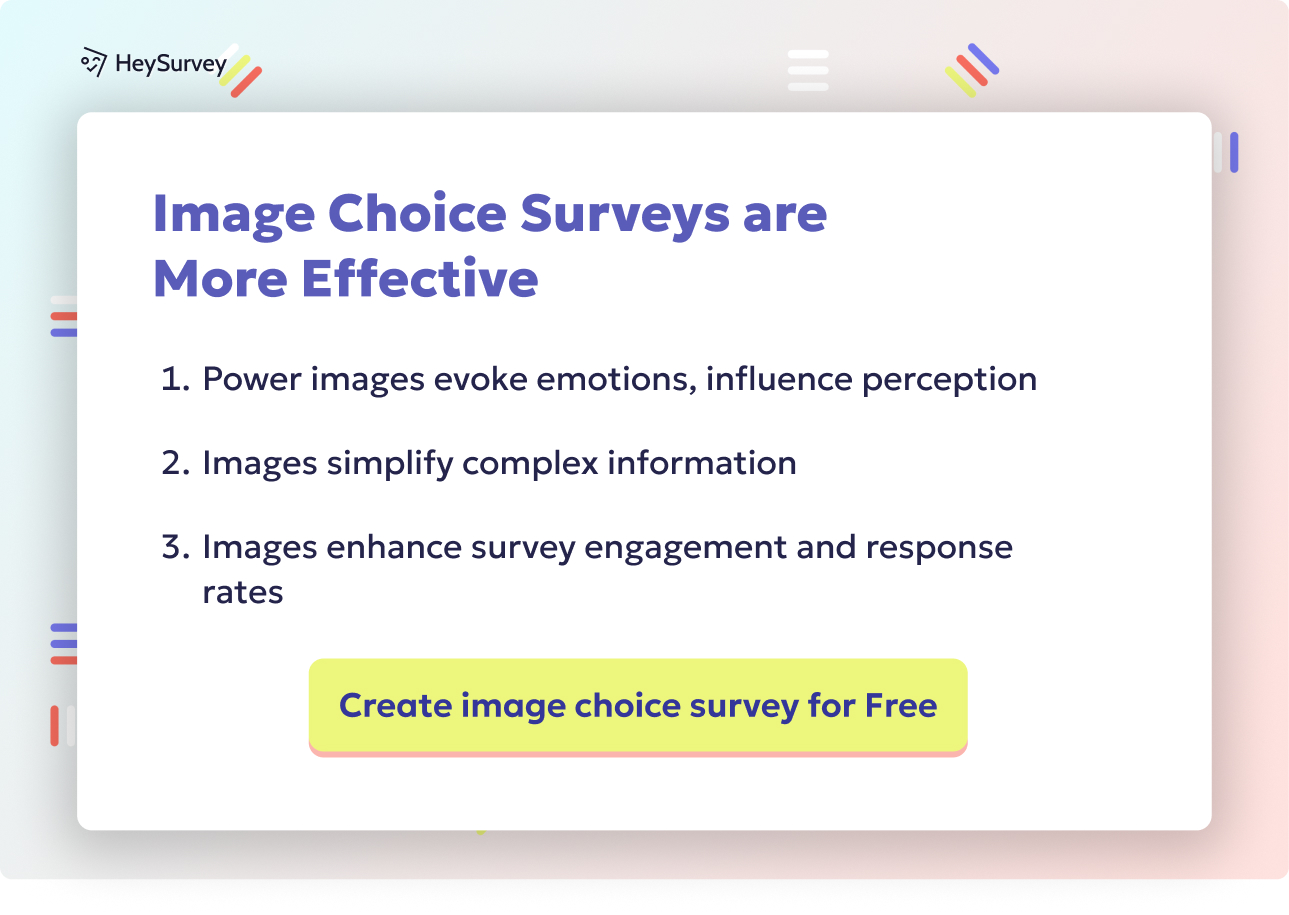
29 Essential Bullying Survey Questions to Improve Safety
Explore 30+ effective bullying survey questions with sample queries across student, workplace, cy...
